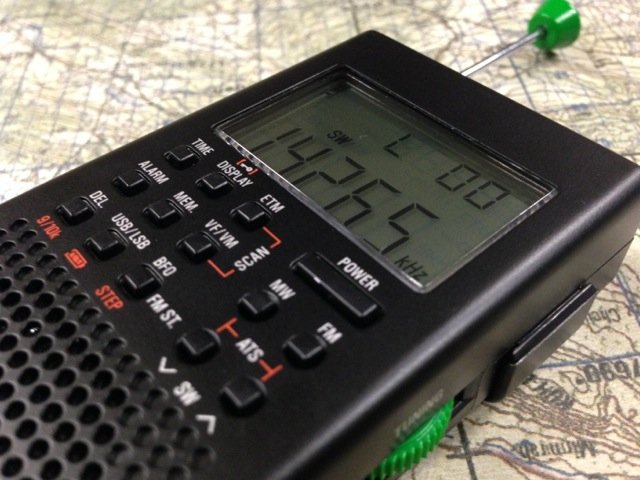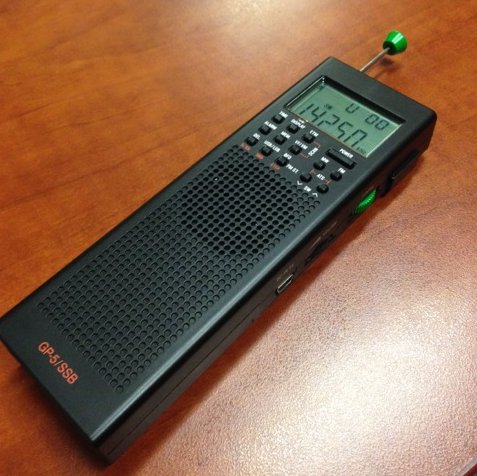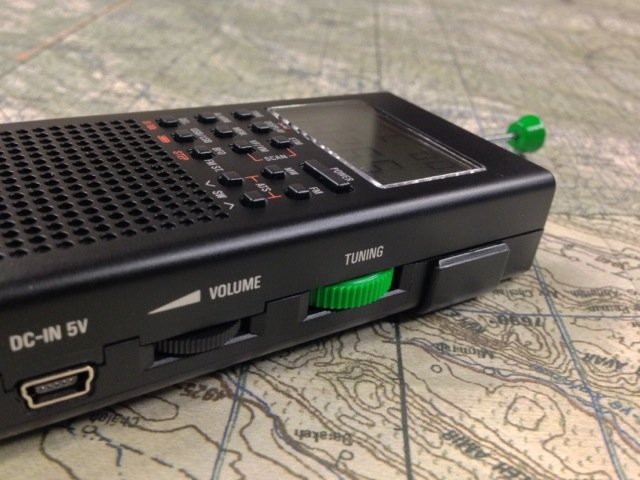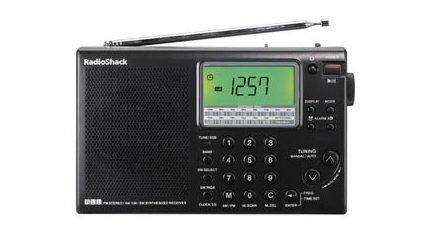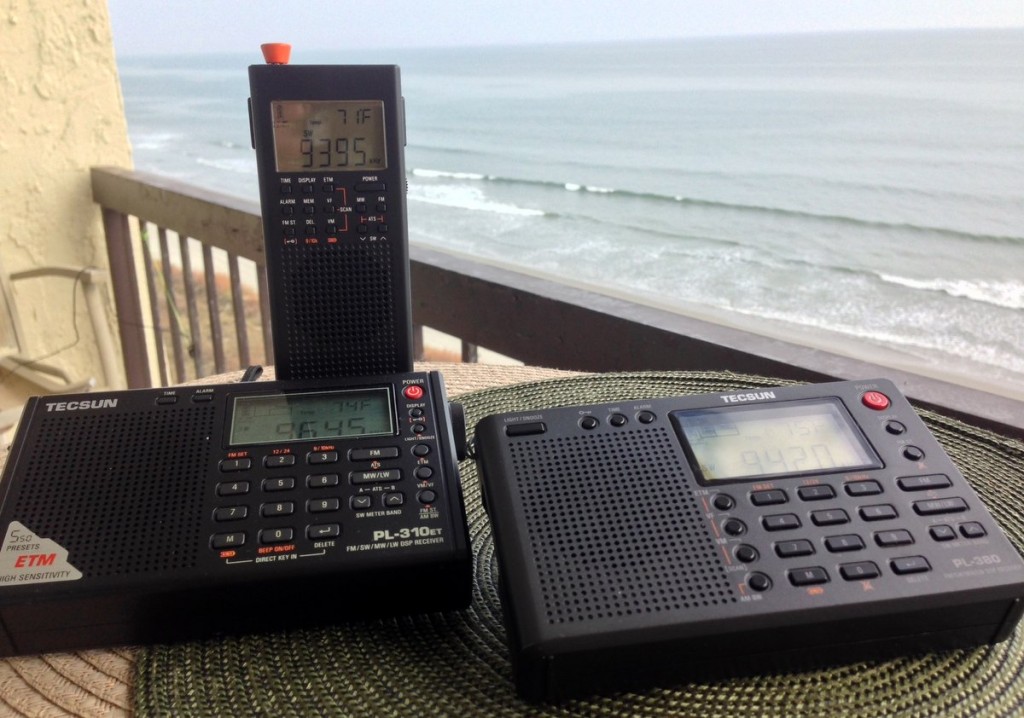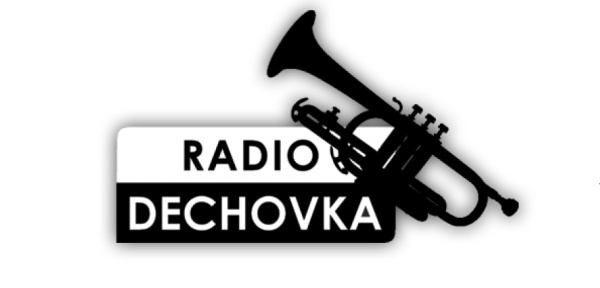Many thanks to the staff of Global 24 for the following response to my post, Does Shortwave Radio Have a Future?:

To Shortwave Listeners of the World:
Shortwave radio is not dying. In fact, we think the whole story line should just go away.
We wanted to thank Thomas Witherspoon of SWLing.com for his excellent article on this very topic and the team of Global 24 wanted to share our perspective on this question.
First,
The 5,000 of you that have written to Global 24 since November 1, 2014 attest to the fact that shortwave radio is not dying.
The 1,000 of you that have joined our Listeners Club and Insiders Club since November 1, 2014 attest to the fact that shortwave radio is not dying.
The 30,000 unique visitors that visited our website, Global24Radio.com, since November 1, 2014 attest to the fact that shortwave radio is not dying.
You can expect Global 24 to be outspoken whenever and where ever we hear the words that shortwave radio is dying.
Yes, many government broadcast operations have closed up shop. They are totally incorrect in their worldview and so-called “research”. The public diplomacy and foreign policies of governments around the world are in incoherent disarray. It’s not surprising that incoherent foreign policy equates to government shortwave broadcasting being cut back. The fact that the U.S. government thinks shortwave is a medium of the past – should be enough for us all to stand up and cast a doubtful stare.
Whether we are confronting Ebola, dwindling global natural resources,welcoming the Arab spring or dealing with the reality of more and more failed states – states based on borders and beliefs largely imposed by the West – we are living in a world that is more dangerous than ever.
Important World Events Need a Western Perspective on Shortwave
Yes, we live in a world where terrorists groups like ISIS send out thousands of tweets an hour recruiting people to their violent worldview. Yes, we live in a world where ISIS produces an “Annual Report” that visually looks as good as than anything the Voice of America (VoA) produces. Yes, we live in a world where the internet reach of terrorists far eclipses the audience of the VoA. Does shortwave have a place in this world? Of course it does. One kid in Syria – or anywhere in the Middle East – listening to a shortwave radio that gets a different perspective and doesn’t go radical makes it worth it to us. Shortwave is a place where moderate worldviews can be heard easily.
Anyone with TV access or web access has so many other choices for information gathering. Why yield the field in shortwave – the one place where an audience is guaranteed? The governments of many nations, especially the United States need to “go back to the basics” and go back to shortwave radio. VoA, Radio Free Europe, Radio Liberty, Radio Free Asia, Radio Marti and the Middle Eastern Broadcasters need to have their shortwave budgets exponentially increased immediately. It’s not just about hot button issues and unfree governments – it’s about inexpensive access to information for the world and simple “soft power”. Simply look at China Radio International or the Xinhua news agency and you will see a rapidly growing international presence – they are fighting the fights we have already largely walked away from.
The Developing World Still Need Shortwave
We live in a world where access to electricity is still limited to huge swaths of our brothers and sisters around the world. Does shortwave have a place of growing importance in this world? Of course, it does.
Shortwave radio requires no electrical mains, no internet access, no subscriptions – and of course, one radio can be shared and listened to by so many people. How can we live in a world where so many people don’t have clean water, electricity, basic medical care and access to information and think that social media, TV and the internet are the sole communication vehicles of the future? When kids in every country the world over have the water they need, the eyeglasses they need, the medical care they need, the electricity they need and the education they need, then maybe we can talk about engaging them on their smartphones and TVs exclusively and winning over their hearts and minds with 160 character “Tweets”.
Shortwave was, and is, a battle that must be won – not given up on.
The Rest of Us Still Need Shortwave
For the first time in many of our lives, we all should genuinely concerned about press freedom in the United States and in other “First World” nations – yet alone press freedom in countries driving world events like Russia, China, Saudi Arabia and Iran. Across our country more and more people are seeking a simpler lifestyle unburdened by expensive TV, internet and satellite connections. A lifestyle characterized by a lack of dependence – in terms of either information, resources or infrastructure. We are prepping, homesteading and preparing to live off the grid together. We are buying our guns, packing our bug out bags and drawing up emergency plans for our families. .
What We Plan to Do
Here at Global 24 – we are a modest operation but we will be bringing to the world a new view of shortwave radio. Together with our listeners, we can do what governments can not do alone: create a renaissance in shortwave listening in the form of commercial shortwave listening before manufacturers stop making radios and stores stop marketing and selling them. These are the real threats to shortwave radio.
 Many thanks to Keith Perron at PCJ Media for sharing the following info:
Many thanks to Keith Perron at PCJ Media for sharing the following info:
